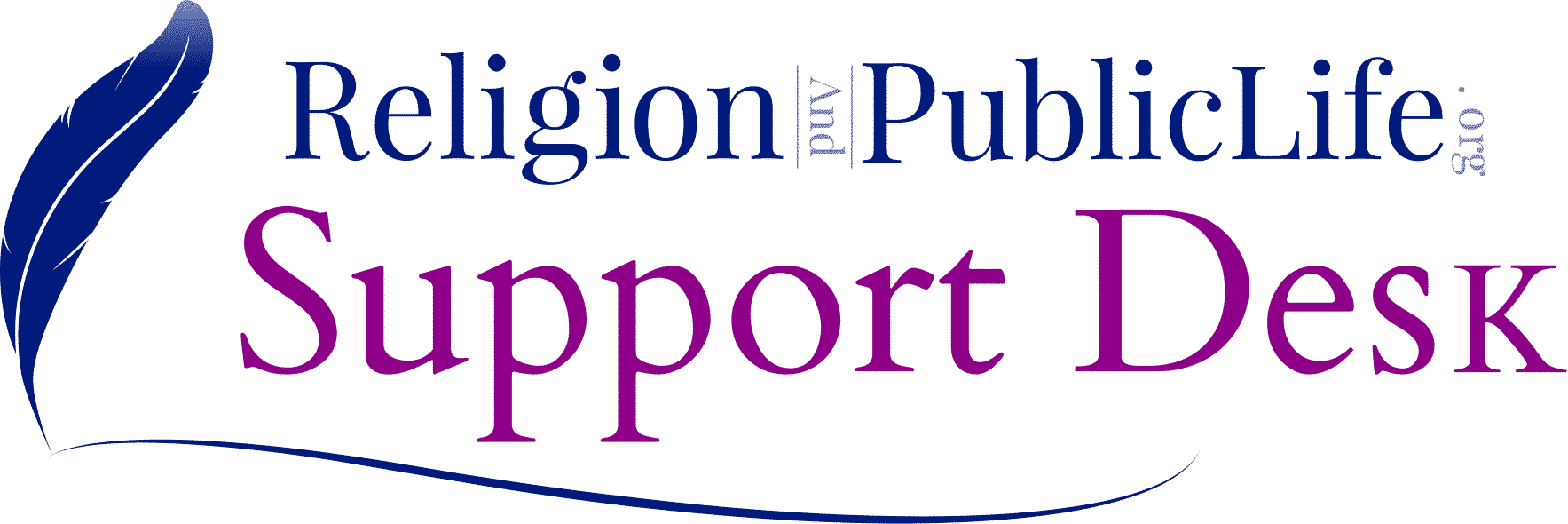Legal Analysis
The faculty at 1791 Delegates apply a series of analytical methods to our legal research.
For instance, we use the legal method of “rule synthesis” to present for students the legal standards used by courts, thus articulating the authoritative summary of judicial tests used across similar cases.
We prepared this “rule synthesis” in conjunction with preparing a “case synthesis” to be used in our legal analysis.
For example, faculty use the deductive analysis and rule-based reasoning methods to concisely state and explain the rule and apply that law to the facts.
Likewise, we used the analogical reasoning method when making distinctions between broad/persuasive arguments and ones that are narrow/authoritative.
In examining these two forms of reasoning by analogy, we seek to construct a case synthesis that is based on similar jurisdictions addressing similar legal issues.
In addition to deciding which types of analogical reasoning methods to employ, we also sought to identify logic fallacies—another common method for conducting legal analysis. Fallacies may include:
- the straw man (making arguments that were not initially advanced),
- argument ad hominem (discrediting an argument based on who articulates it),
- sufficiency/necessity conditions (e.g., air may be necessary for life but is, alone, not sufficient to sustain life), and the
- slippery slope (an extreme hypothetical that discredits an initial position because of the fear of the hypothetical).
In this vein, we seek to apply Eugene Volokh’s rubric for studying logic variants, such as looking for
- categorical assertions (i.e., “never,” “always”),
- false alternatives (i.e., unnecessary dualisms such as “Is pornography free speech or hate speech?”),
- criticisms that could apply to everything (i.e., “the rule of law has a chilling effect”),
- incomplete logic in metaphors (i.e., “laws do not literally chill speech”), and undefended assertions (i.e., “that law is troubling”).
Throughout the curriculum, we apply these methods for conducting a legal analysis, as summarized here: we
- conduct a rule and case syntheses;
- prepare our students to use deductive analysis and rule-based reasoning techniques their analysis;
- used analogical reasoning strategies to distinguish broad and narrow comparisons in the law and finally,
- identify logic fallacies and logic variants that we can use to promote legal literacy as a fundamental civic competency.
Reference: Nathan C. Walker, The First Amendment and State Bans on Teachers’ Religious Garb. New York: Routledge, 2019.
Nate Walker is the author of this solution article.
Did you find it helpful? Yes No




